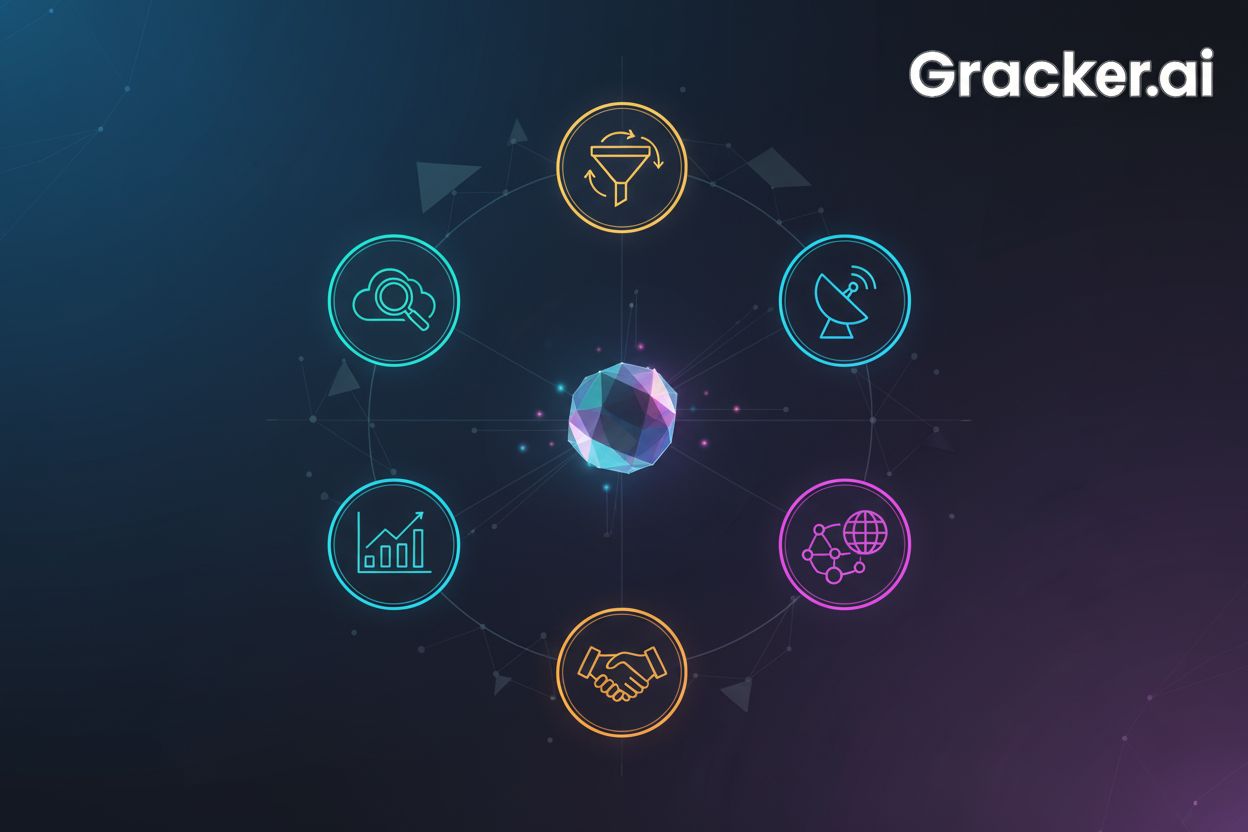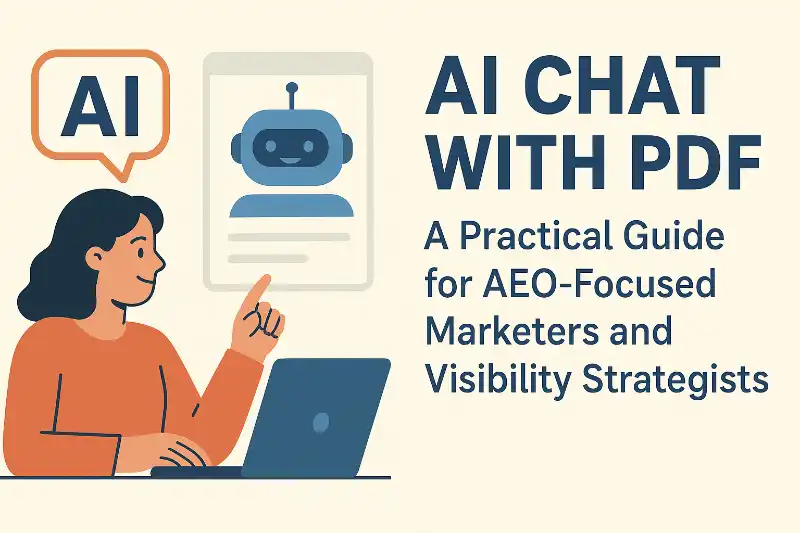Debating the Validity of Growth Hacking Strategies
TL;DR
Introduction: The Lingering Question of Growth Hacking's Relevance
Growth hacking: remember when that was the buzzword? Seems like ages ago, right? But did it actually deliver? Or was it just hype? This article will explore the evolution of growth hacking, examining its criticisms, enduring strengths, and how its core principles can be adapted for modern marketing. We'll look at why some of its original tactics fell out of favor, but more importantly, how the underlying mindset can still drive significant results when applied thoughtfully.
So, let's dive in, shall we?
The Core Arguments Against Traditional Growth Hacking
Okay, so growth hacking... it's not all sunshine and rainbows, is it? Some folks think its just a flash in the pan. Like that fidget spinner craze – remember that? Gone in, like, seconds.
A big beef people have is that growth hacks often focus on short-term gains, not long-term value. Think about those viral marketing stunts, right? They get a HUGE spike in users, but how many stick around? Not always a lot. It’s like throwing a party – everyone shows up for the free pizza, but do they become loyal customers? Maybe not.
Then there's the whole ethics thing. Some tactics are straight-up shady. Spamming inboxes, using misleading ads... it's not a good look. Especially in cybersecurity, where trust is everything. You can't build a solid reputation on tricks and deception, y'know?
And let's not forget scalability. What works for a tiny startup might totally bomb for a bigger company, or even a different startup. Each audience is different, and something that resonated with one group may completely miss the mark with another. It's not a one-size-fits-all kinda deal.
Like, you can't just copy what AirBnb did in it's early days and expect the same results for your fintech startup, right? It's not gonna happen.
While these criticisms highlight the pitfalls of traditional growth hacking, the underlying principles that drove its initial success may still hold significant value if applied thoughtfully.
The Enduring Value: Where Growth Hacking Still Shines
Growth hacking's dead? Hold up. Maybe the old ways are, but the core ideas? Still gold, I'm telling ya. It's more about adapting than abandoning ship, right?
Data-Driven Experimentation: Marketing's not just vibes, it's math now. Growth hacking's always pushed testing everything, and that's vital. A/B test those landing pages, tweak those email subject lines, watch the data, adjust. Like, a healthcare company might test different ad copy to see what gets more sign-ups for their telehealth service. It's all about finding what works best, based on real results.
pSEO and Programmatic SEO: Think content, but smarter. Programmatic SEO (pSEO) is about creating a system to automatically generate a large volume of highly targeted content pages for specific search queries. Instead of writing one-off blog posts, you build systems that churn out pages for all those long-tail keywords. Imagine a B2B SaaS company using this to generate landing pages for every possible cybersecurity solution they offer – instant seo boost. This aligns with growth hacking's ethos of rapid, data-informed content creation and optimization.
Creative Problem-Solving: Sometimes you need to think outside the box. Growth hacking encourages to find unique ways to reach your audience. A cybersecurity firm could use a gamified marketing campaign to educate users about online threats, and that's how innovation shows.
Growth hacking isn't a set-it-and-forget-it kinda thing. It's an ongoing process. According to Eliday Juma, growth hacking uses “creativity and data driven strategies to achieve explosive growth.” It's about constant learning and adaptation, that much is true.
To better understand these enduring principles, let's examine some real-world examples.
Case Studies: Growth Hacking Successes and Failures
Growth hacking: did it really work, or was it just a load of buzzwords? Let's look at some real-world examples.
B2B SaaS and the power of product-led growth: Some companies have seen success by focusing on making their product inherently viral. Think about tools that offer free tiers with collaboration features, right? Users invite their teammates, and boom – organic growth! A CRM platform, for instance, might offer a free version that allows a limited number of users but encourages upgrades for more features and seats. The growth hacking tactic here is leveraging the product itself as the primary acquisition channel, encouraging user-to-user referrals and network effects.
Cybersecurity "growth hacks" gone wrong: I've seen firms try too-aggressive tactics, like offering "free security audits" that were really just lead-gen scams, or using misleading pop-ups that preyed on user fears. That kinda thing hurts your reputation in the long run. The failure here was prioritizing rapid lead acquisition over genuine customer value and trust, leading to backlash and damaged brand perception.
pSEO for the win: Imagine a finance site that's automatically generating pages for "best credit card for [specific credit score] in [specific city]". That's pSEO in action, and it can drive a ton of targeted traffic. The success lies in its ability to efficiently capture niche search demand at scale, a hallmark of growth hacking's focus on identifying and exploiting underserved market segments.
These examples illustrate that while traditional growth hacking can be effective, its success hinges on ethical practices and customer focus. This leads us to how we can adapt these principles for today's marketing environment.
Adapting Growth Hacking for the Modern Marketing Landscape
Growth hacking can still work, but only if you put customers first. Like, really first. It’s not just about tricks to get them in the door, it's about keeping them happy, ya know?
Value-driven marketing is key. Forget the shady tactics. This means focusing on providing genuine solutions and benefits, approached with a growth hacking mindset of rapid testing to understand what "value" truly means to your specific audience. Experiment with different value propositions and messaging to see what resonates most.
Content is king (still). Create stuff that helps people. Apply a growth hacking lens by continuously experimenting with content formats, distribution channels, and messaging to see what drives engagement and conversions. Use data to identify content gaps and rapidly iterate on successful pieces.
Customer support matters. Happy customers stick around. Treat customer support as a growth channel. Use feedback loops to identify pain points and opportunities for product improvement or new feature development, then rapidly test solutions.
Listen to feedback. What are they actually saying? Implement systems for collecting and analyzing customer feedback, then use this data for rapid experimentation. For example, if feedback highlights a common user struggle, quickly develop and test a solution or educational resource to address it.
These points show how to integrate growth hacking principles into broader marketing strategies by focusing on experimentation, data analysis, and customer-centricity.
Conclusion: Is Growth Hacking Still Valid?
So, growth hacking... still a thing? It's like asking if a hammer is still useful. Technically, yes, but you wouldn't use it to perform surgery, would you? Growth hacking's core ideas, like data-driven experiments and creative problem-solving, are still super valuable. But you gotta ditch the spammy stuff, ya know?
Customer-centricity is the new black. Value-driven marketing and stellar support are essential. It's not just about getting them in the door; it's about making them wanna stay. pSEO is still clutch: automating content for long-tail keywords? Still a great way to boost visibility.
Ultimately? Growth hacking's not dead; it's just evolving. The principles of rapid experimentation, data analysis, and a relentless focus on growth remain powerful tools for marketers, provided they are applied ethically and with a genuine commitment to customer value.





